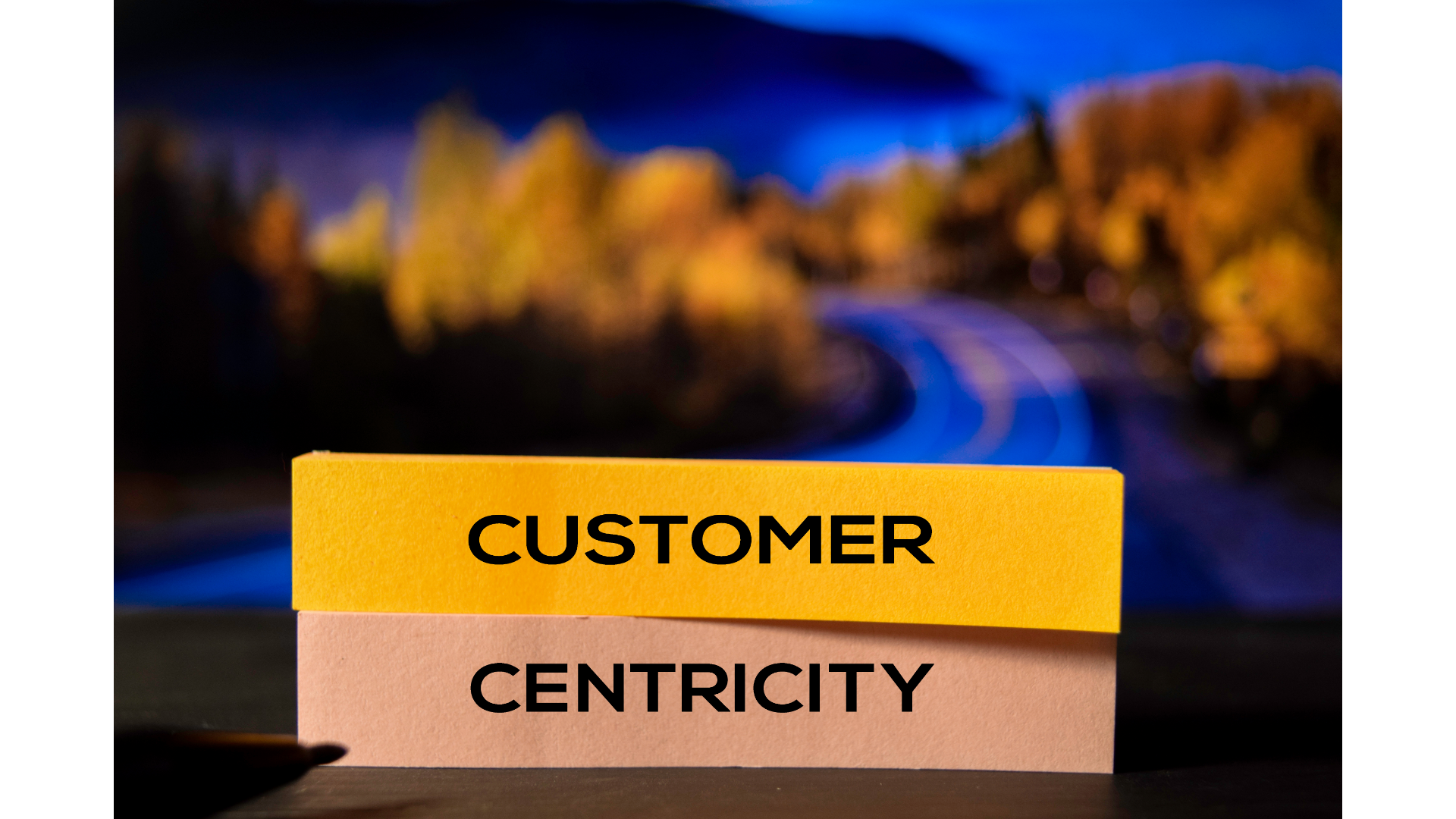Infographic: Is Your Organization Customer Centric?

A few years ago, Gartner proposed 10 habits of a customer-centric organization in the digital age. As the new generations see the physical and the digital worlds as one and look for meaning, 3 new habits should be added.
Summary
1. Listening continuously to your customers
It is a great way to gather specific, real-time feedback; it helps you understand your product or service better, improves customer loyalty and retention and turns customers into brand ambassadors.
2. Following up consistently with customers about their feedback
Taking the time to follow-up shows you're not just interested in the sale; you'd also like to build a relationship. Customers will trust your brand more as a result and will be more inclined to choose your brand again in the future.
3. Anticipating customer needs and acting proactively
Proactive service isn’t just about predicting what your customers want. Proactive service can guide your customers towards the next step of their journey, and prevent issues, or simply make their day. If you want to do that consistently, you'll need the right data, the right workflow and the permission of your customer to collect and use the data the way you've specified.
4. Implementing policies and processes that build customer empathy
You must complete your digital transformation before you can implement a data-driven approach to customer empathy. By combining multiple data sources, it will help you develop an end-to-end view of your customers, converting data into actionable insights
5. Protecting and respecting the privacy of your customers
Provide your customers with control over their data, and you'll gain a substantial marketing advantage.
6. Exchanging knowledge internally with customer
With knowledge sharing, people can accomplish more on their own with less effort, i.e., provide relevant, personalized, and context-specific knowledge right when they need it.
7. Engaging and motivating employees
The more employees feel their voices are heard on a team, the more engaged they are. Communicate regularly with your employees to strengthen their sense of belonging. Let them share their thoughts and ideas. Involve them in activities that matter to them.
8. Improving the customer experience systematically
Putting customers first creates an edge over competitors, builds cultures that benefit employees and customers, and improves the bottom line both revenue and costwise.
9. Improving customer experience through accountability
A clear set of goals and expectations is the fastest way to make your organization more accountable. Start by defining what customer success means to your business and how it is integrated into your business philosophy.
10. Responding in real time to customer demands and circumstances
It will be vital to stay on top of changing customer preferences and to redesign journeys that matter in a new context on a continuous basis.
11. Being where your customer expects you
Identify the communication channels that your customer prefers for each type of interaction with you, and make sure that human and machine interactions blend seamlessly.
12. Adding back the Human touch
Customer delight most often stem from a personal attention. Build these in your digital processes and invest in those special moments.
Addressing values
Going beyond addressing needs and identifying the values of your customers, will help you create a more relevant and meaningful customer relationship

